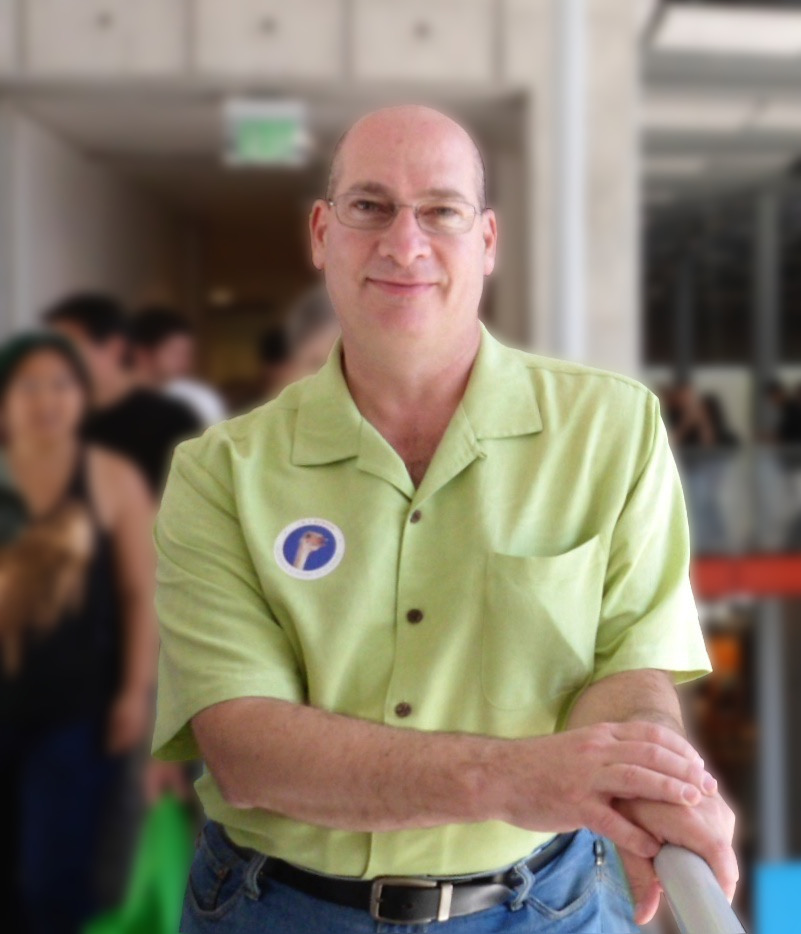Going Green sits down with Steven Mesh, LC, IESNA, award winning lighting designer and public speaker. Steven shares his experience maximizing energy usage through award winning lighting designs, as well as his passion for sustainability, and how he is able to combine the two and create a way to save energy and still have quality lighting.


Tell us a little bit about you and your background:
I’ve been a lighting designer and educator for over 40 years. I’ve created award-winning lighting designs for various projects all over the world. I’ve also worked with manufacturers and electric utilities. I’ve helped to create the CALCTP (California Advanced Lighting Controls Training Program) and have worked on a very significant research project as a consultant to Lawrence Berkeley National Labs.
What is a fun fact about you?
Besides my very strong passion for teaching people about lighting and lighting controls, I’m also a licensed pilot. Until COVID, I was volunteering at an aviation museum near SFO every Saturday. We teach boys and girls how to fly airplanes and helicopters in state-of-the-art simulators.
Why do you think climate change and sustainability is such an important topic today?
When I was a kid growing up near NYC, I remember winters when we had snow drifts in the backyard big enough to tunnel through. That hasn’t happened for a long time. So it’s incredibly obvious that global warming is real. Working in the field of lighting and controls to help reduce emissions is basically just common sense. Most importantly, it shows respect to our planet – which is essentially our “lifeboat”. Who would want to willingly destroy a lifeboat they were in?
What do you envision your industry looking like 10 years from now?
The lighting and controls industry has gone through enormous changes in recent decades. Going forward, there will be a much greater emphasis on integrating lighting and controls. Already, lighting control systems are considered to be part of the IoT landscape – and many control systems already provide that functionality. Additionally, a lot more is known about the human health ramifications of light – particularly in terms of things like circadian rhythms. This will only increase going forward.
What can the average person do to make a difference?
As a lighting designer – one of the best things the average person can do is to install dimmers in their house or workspace. Dimmers save energy. They also give people a sense of control over their own environment. Historically, dimming has been considered somewhat of a “luxury”. That’s crazy.
Dimming has been incorporated into lighting systems much more regularly in recent decades – but in residential use, many people still don’t even have a simple wallbox dimmer in their house or apartment. Every fixture and lamp should be dimmable – and should be dimmed as desired by the occupant.
Going Green wants to thank Steve sharing his experience maximizing energy usage through award winning lighting designs.
Going Green, hosted by Dylan Welch, interviews leading experts in cleantech, sustainability, media, finance, and real estate on the Going Green podcast. Tune in and subscribe to the podcast on Apple or Spotify to listen to interviews with leading cleantech and sustainable experts. If you are interested in being featured on Going Green, click HERE.
Dylan Welch is the CEO and Host of Going Green, a podcast, website, and social media brand that highlights renewable energy, cleantech, and sustainable news.
